Having known about the first term, heard the election program and made early predictions, the international community was still somewhat surprised by President Donald Trump's statements and actions after 2 weeks of officially taking office.
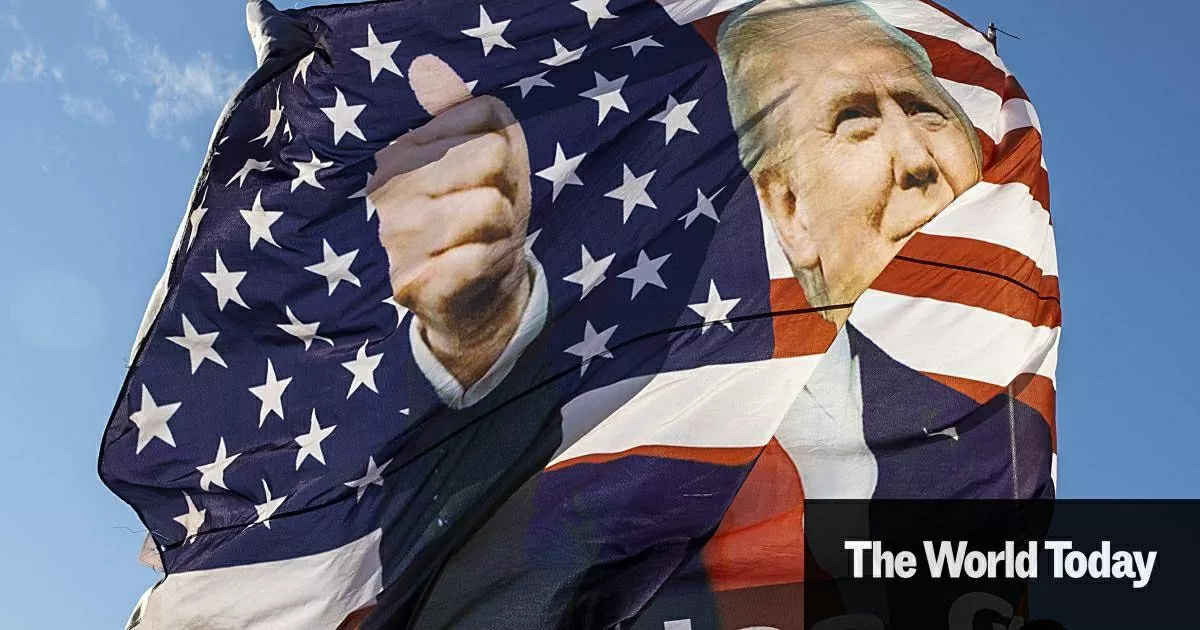 |
| US President Donald Trump returns to the White House, more powerful than ever. (Source: Chatham House) |
What's new in Trump 2.0?
President Donald Trump begins his second term with experience and confidence. He is supported by the Republican Party in both houses; there is no pressure to run for a third term (although some congressmen want to amend the Constitution to pave the way). Meanwhile, Russia is embroiled in a conflict for nearly 3 years, the EU is struggling with internal problems, the United Nations is facing demands for innovation... That is, the 47th US President has the opportunity to demonstrate his role and global strength.
On his first official day in office, the White House boss signed nearly 200 executive documents, consistent with his campaign promises. Along with the statement of principles and strategic orientations, policies were concrete actions, thoroughly deporting illegal immigrants. The move was calculated to address a hot issue, feasible, in the style of "breaking chopsticks one by one". Mexico reacted strongly, but then had to give in to the threat of punishment. Many countries silently observed.
One arrow aimed at many targets. The US has said and done, without respecting its close allies. If Mexico is like that, then allies, other partners, competitors and in other issues must be careful. Before that, there was the announcement of imposing import taxes of up to 25% on other countries and 10% on China. The US leader decided to invest 500 billion USD in breakthroughs to maintain the number one position in AI. In particular, President Donald Trump spoke frankly, expanding the US commensurate with its strength, for national security by acquiring Greenland ice sheet, Panama Canal and Canada at any price.
The new President's slogan is still America first, make America great again. The motto is to prioritize Washington's economic interests, national security and world leadership role; not be afraid to put America at the center of world geopolitics; reshape international power, global order in a favorable environment with many competitors.
The method of combining deterrence and benefits; economic, military, and diplomatic power; action and leadership, shocking with official information, social networks... Along with that is a decisive, strong leadership style, not afraid to react, making President Donald Trump even more unpredictable, forcing others into a passive, surprised, disadvantaged position, unable to react in time.
Outstanding trends
Three trends are emerging in the world. First , hot spots are more or less likely to cool down or open up new directions, specifically:
One, resolve the conflict in Ukraine in the American way. If Washington stops or reduces aid, NATO and the EU will not be able to support Ukraine for long, forcing Kiev to make concessions. President Donald Trump plays a dominant role in Europe, benefits from the security umbrella, sells weapons, weakens Russia, and wants to reduce costs and focus on dealing with China.
The warning to punish Russia if it does not accept negotiations and vice versa still has some weight, but cannot be a knockout blow, even on a technical level. Russia's exports to the US are only 5 billion USD, much smaller than other partners, and are a strategic item for the US. Russia's allies and partners are numerous and know how to avoid sanctions.
President Vladimir Putin's subtle reminder of the ban on negotiations and the long-standing legality of President Volodymyr Zelensky is a heavy hidden counterattack. Perhaps the US and the West will consider the future role of the head of Kiev. The battlefield advantage gives Moscow a position not to lower the conditions for ending the conflict; moreover, it demands negotiations with the US, NATO, and the EU on the Ukraine issue and, further, the future of fairer relations between Russia and Europe and the West.
Although their calculations are different, Russia and the US have common interests. The two sides have things to exchange, such as Arctic cooperation, nuclear arms control, etc. That is the basis for hope for the expected summit between President Vladimir Putin and President Donald Trump, to discuss many major world issues. The goals and objectives are very different, so the summit may not be far away, but the outcome is still difficult to predict.
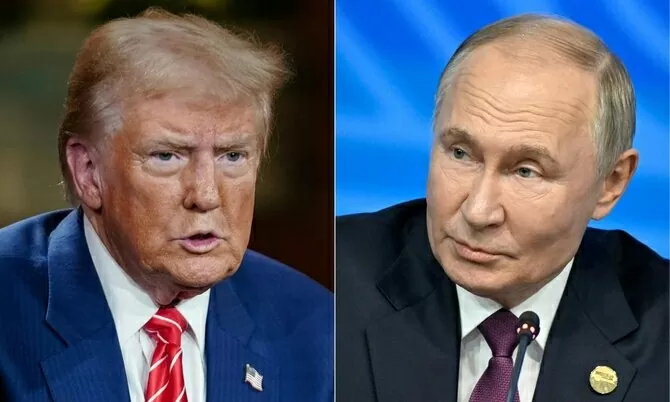 |
| President Donald Trump will soon hold a summit with his Russian counterpart Vladimir Putin? (Source: AFP) |
Second, promote a ceasefire agreement between Israel and Hamas, and prevent the conflict from getting out of control and erupting into a regional war. The US wants to demonstrate its role as the number one peacemaker, ensure its strategic interests in the region, and prevent other major powers from stepping in. President Donald Trump continues to fully support Tel Aviv, drawing Arab countries closer to Israel, and finding ways to control oil production and prices at the most favorable prices.
Washington is tougher on Tehran in withdrawing its nuclear capabilities and supporting anti-US and anti-Israel forces. The US has the tools to exert strong pressure, while Iran is increasingly struggling. Tehran may have to accept new conditions in exchange for gradually lifting the embargo. The US and its allies are taking advantage of the situation in Syria to plan to establish a Kurdish state, consolidate their foothold, eliminate their opponents, and permanently control Damascus.
The ceasefire in the Gaza Strip may be difficult to reverse, but the withdrawal of Israeli troops from the entire occupied territory, which is contrary to the UN resolution on the 1967 borders and the Palestinian state, is very complicated, long-term, and even deadlocked. Therefore, the Middle East still has the potential for conflict and instability.
Third, President Donald Trump may meet with Chairman Kim Jong Un on the North Korean nuclear issue and North-South relations. On the other hand, the issues of Taiwan, Greenland, Panama, and Canada will be more complicated. The Indo-Pacific may have more friction, but the possibility of conflict is low.
Second , economic and trade issues are heating up, becoming more complex and fragmented. With the new tariffs, President Donald Trump will increase the US-China confrontation in terms of economy, trade and technology to a more intense level than in his first term. By threatening to punish Beijing's partners, Washington will expand competition in many other strategic areas.
China has just declared that the world has enough room for mutually beneficial cooperation with the US, and is ready to respond with corresponding tariffs and countermeasures. DeepSeek suddenly launched a low-cost AI model that has shaken leading US technology corporations. By hitting the US's strengths, Beijing's message is clear, nothing is impossible.
 |
| DeepSeek represents the latest challenge to OpenAI, which has established itself as an industry leader thanks to the launch of ChatGPT in 2022. (Source: Manila Times) |
The US is not only targeting China but also expanding the global trade war. The tit-for-tat tariffs are also a kind of “pandemic” that deepens the fragmentation of markets and the separation of supply chains and production. Unilateralism is evident in President Donald Trump’s withdrawal from the Paris Agreement on climate change and possibly some other multilateral institutions for reasons of inequality.
The combination of the above factors could cause inflation and rising prices, threatening the ability of the world economy to recover, develop and respond to common challenges. The extent of the impact depends on the policies and next moves of the US and the ability of the international community to respond and adapt.
Choose sides, bipolar or multilateral?
As soon as candidate Donald Trump declared his victory, Russia, China, Iran, North Korea… promoted cooperation, association, signing, and upgrading strategic partnerships. China, Russia, and the founding members consolidated, expanded the quantity, and improved the quality of BRICS.
The statement is not aimed at opposing anyone, overthrowing the USD, but seeking a new, fairer order, but BRICS is still an equal opponent, superior to the West in terms of economy, trade, diplomacy, etc., affirming a trend that is difficult to reverse.
The announcement of imposing tariffs and acquiring Greenland, the Panama Canal, and Canada has startled many of America's allies and partners, causing them to adjust their strategies and policies to prepare. Some countries have chosen to cooperate deeply with the United States, making concessions to avoid deterrence.
Countries that are not allies or rivals also have moves to reduce the negative impact. Three trends have emerged: following the US or its rivals; or not choosing any side or pole, but instead linking and cooperating multilaterally, choosing the content, scope, and level, not letting relations with one pole hinder or create an excuse for the other pole to react.
The third trend is increasingly being chosen by many countries. Diversifying markets, reducing the trade balance gap with the US and other major countries; choosing spearheads that are suitable to one’s capabilities and the needs of partners, proactively participating in global supply and production chains, to take advantage of new opportunities. That is the way Vietnam needs and can exploit.
***
Every new movement has just begun, the effect depends on the policies and next moves of the countries. President Donald Trump is back, more powerful than his first term, but the US cannot do whatever it wants. Opponents, allies, and partners are increasingly calculating, clever, and cautious. There have been reactions from outside and inside. Let's wait and see.
Source: https://baoquocte.vn/the-gioi-chuyen-dong-giat-minh-thich-ung-303088.html




![[Photo] National Assembly Chairman Tran Thanh Man attends the Policy Forum on Science, Technology, Innovation and Digital Transformation](https://vstatic.vietnam.vn/vietnam/resource/IMAGE/2025/4/13/c0aec4d2b3ee45adb4c2a769796be1fd)

![[Photo] Prime Minister Pham Minh Chinh chairs the Government's special meeting on law-making in April](https://vstatic.vietnam.vn/vietnam/resource/IMAGE/2025/4/13/8b2071d47adc4c22ac3a9534d12ddc17)
![[Photo] National Assembly Chairman Tran Thanh Man attends the ceremony to celebrate the 1015th anniversary of King Ly Thai To's coronation](https://vstatic.vietnam.vn/vietnam/resource/IMAGE/2025/4/13/6d642c7b8ab34ccc8c769a9ebc02346b)




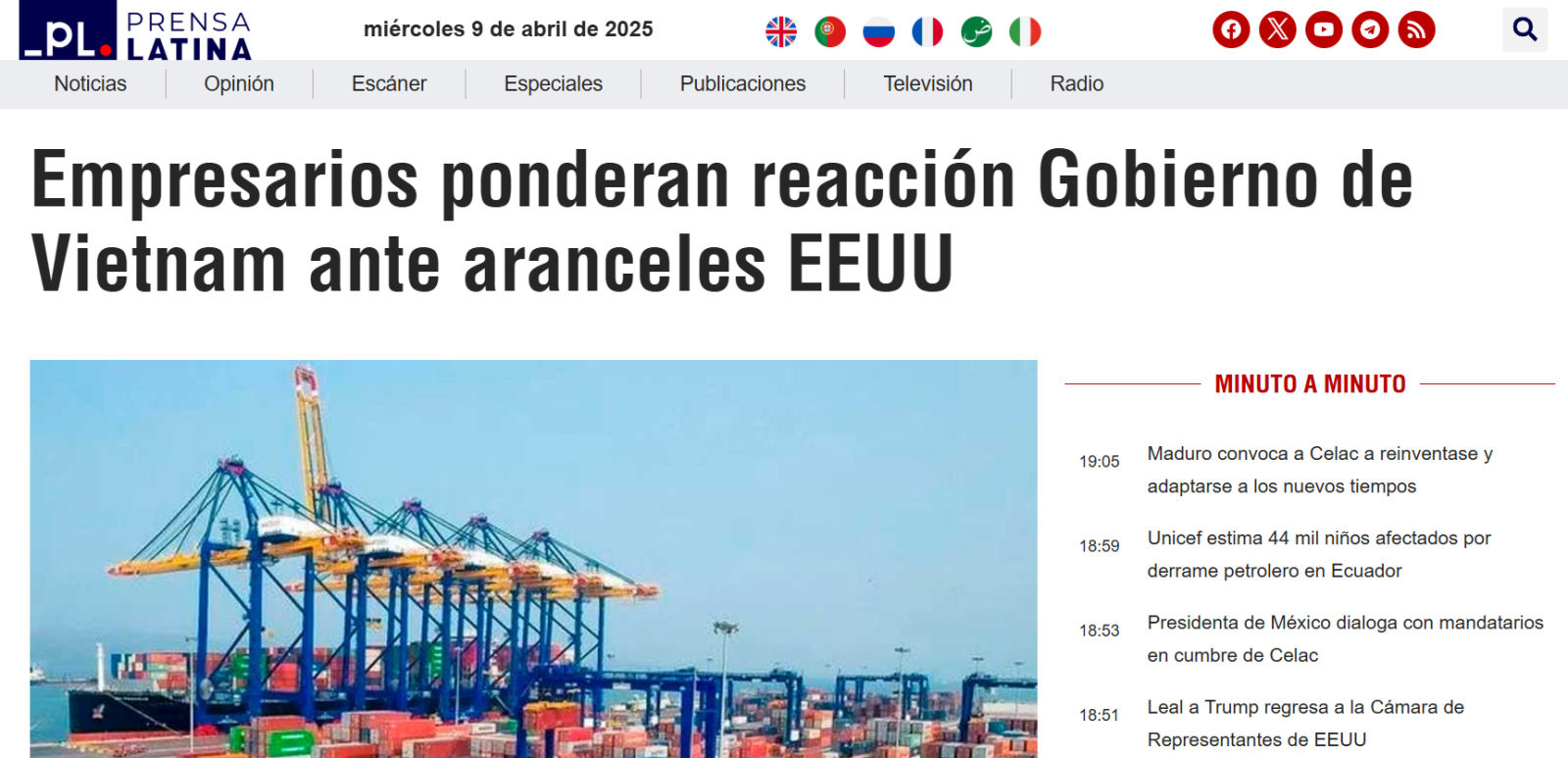



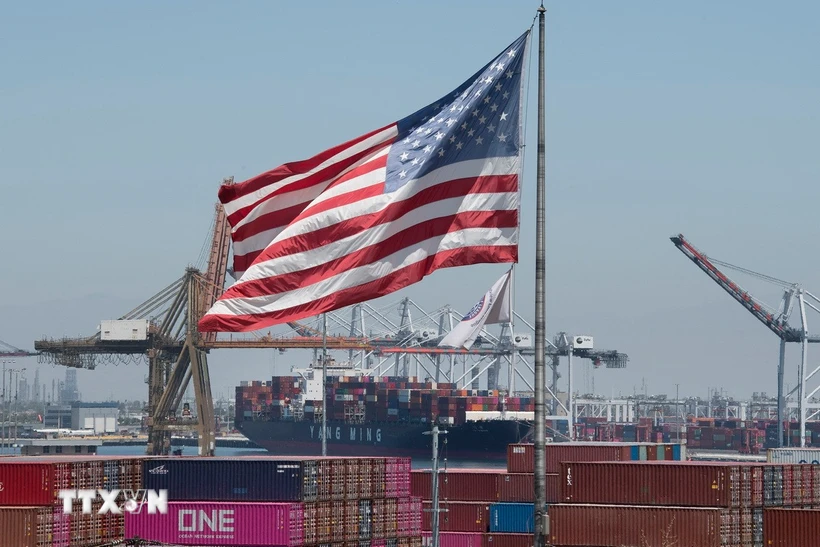
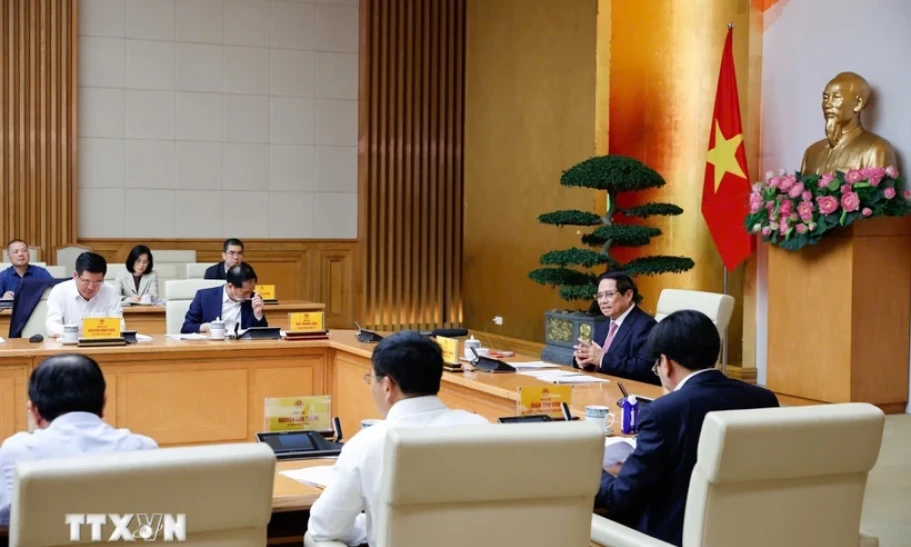
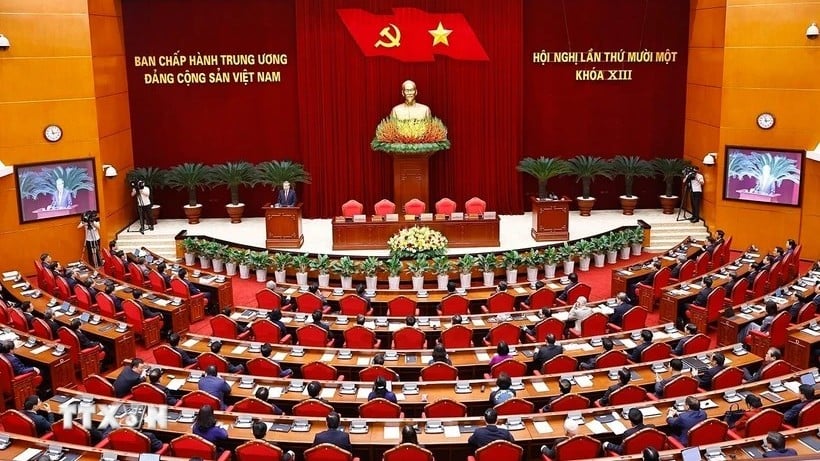
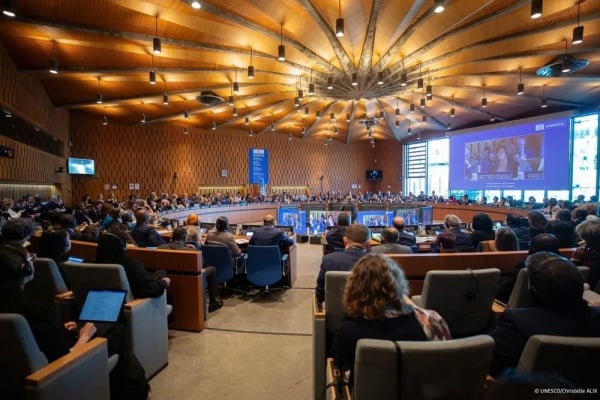
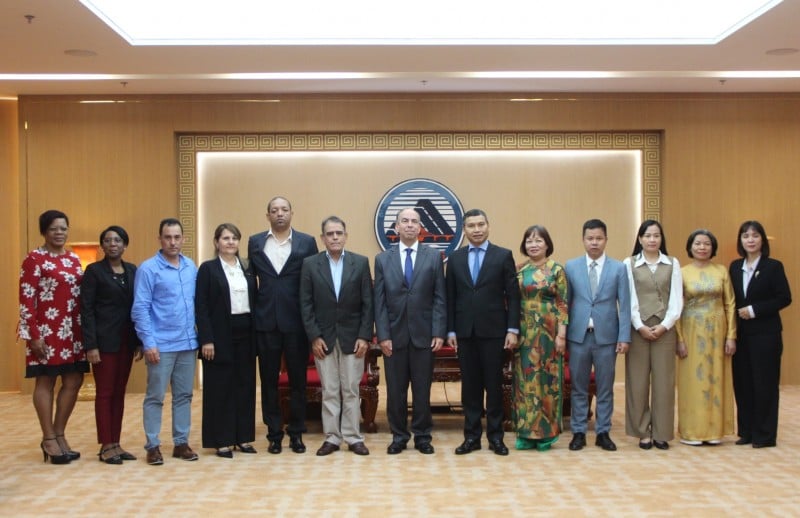
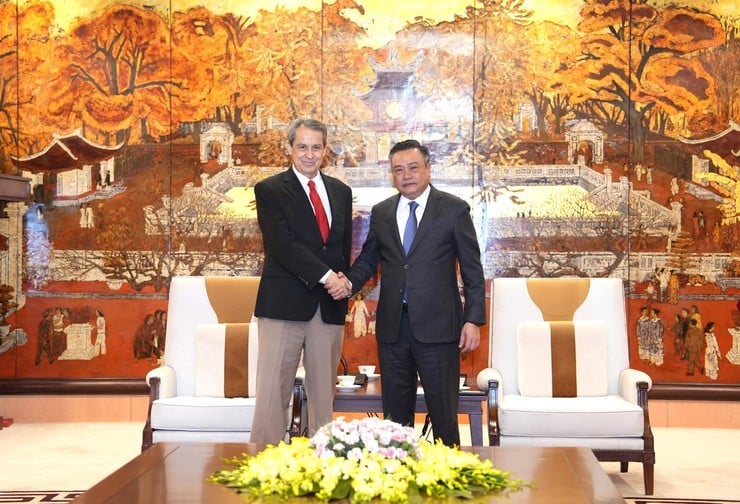
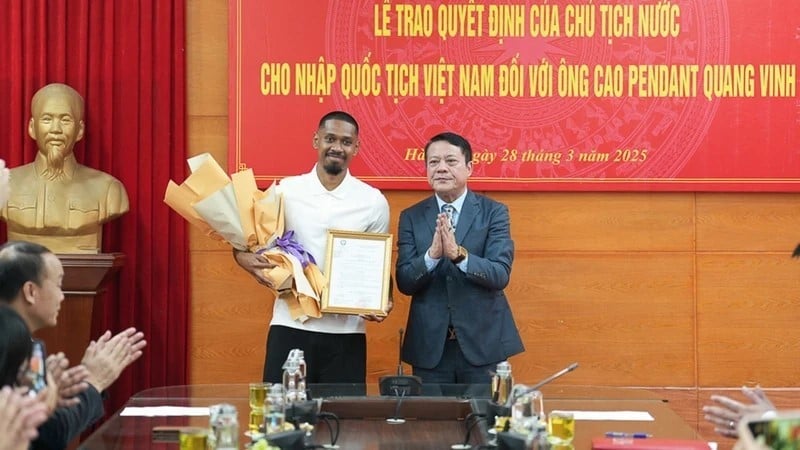
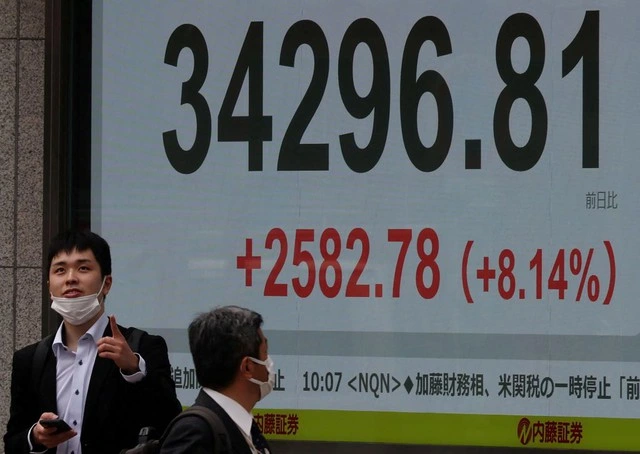
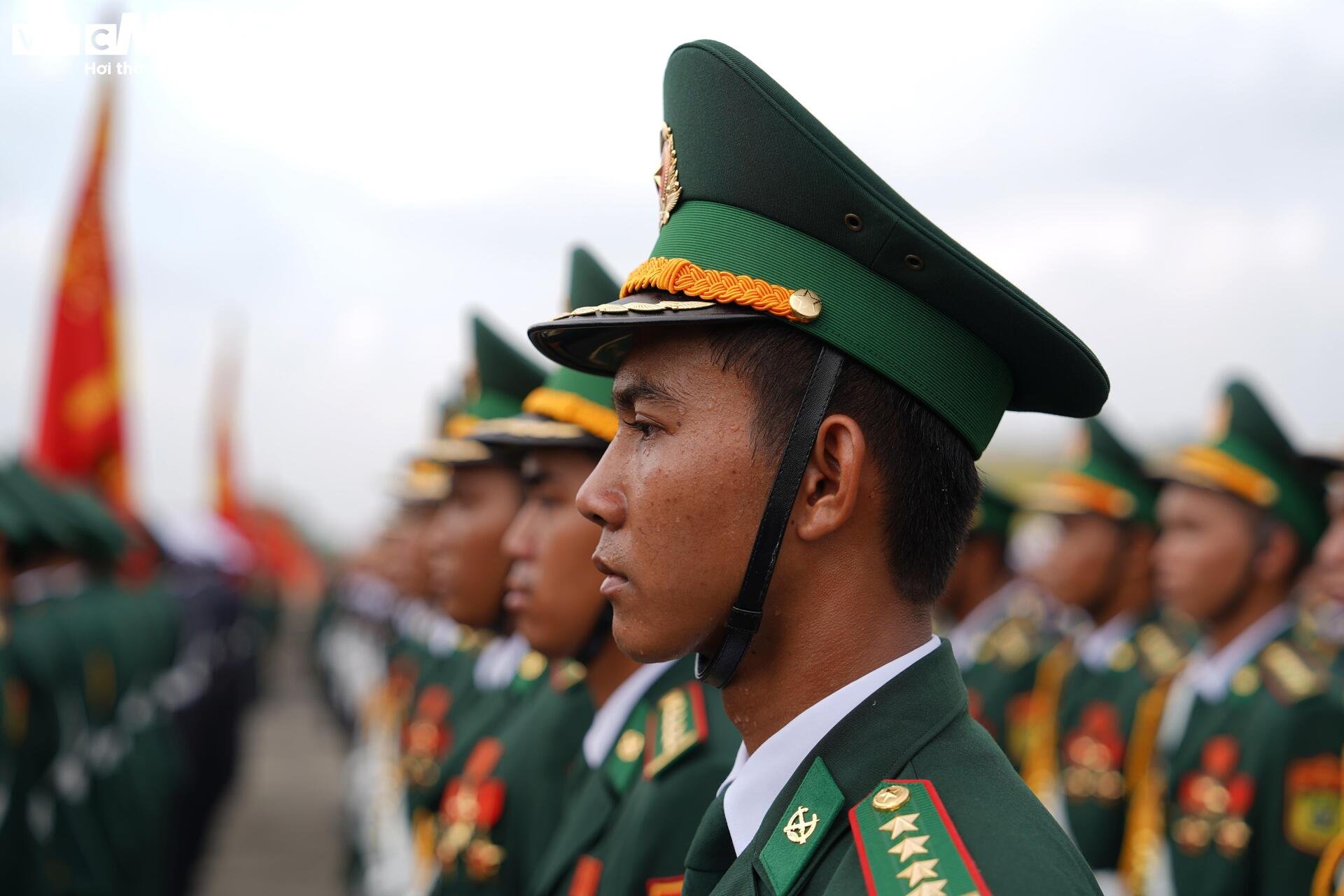


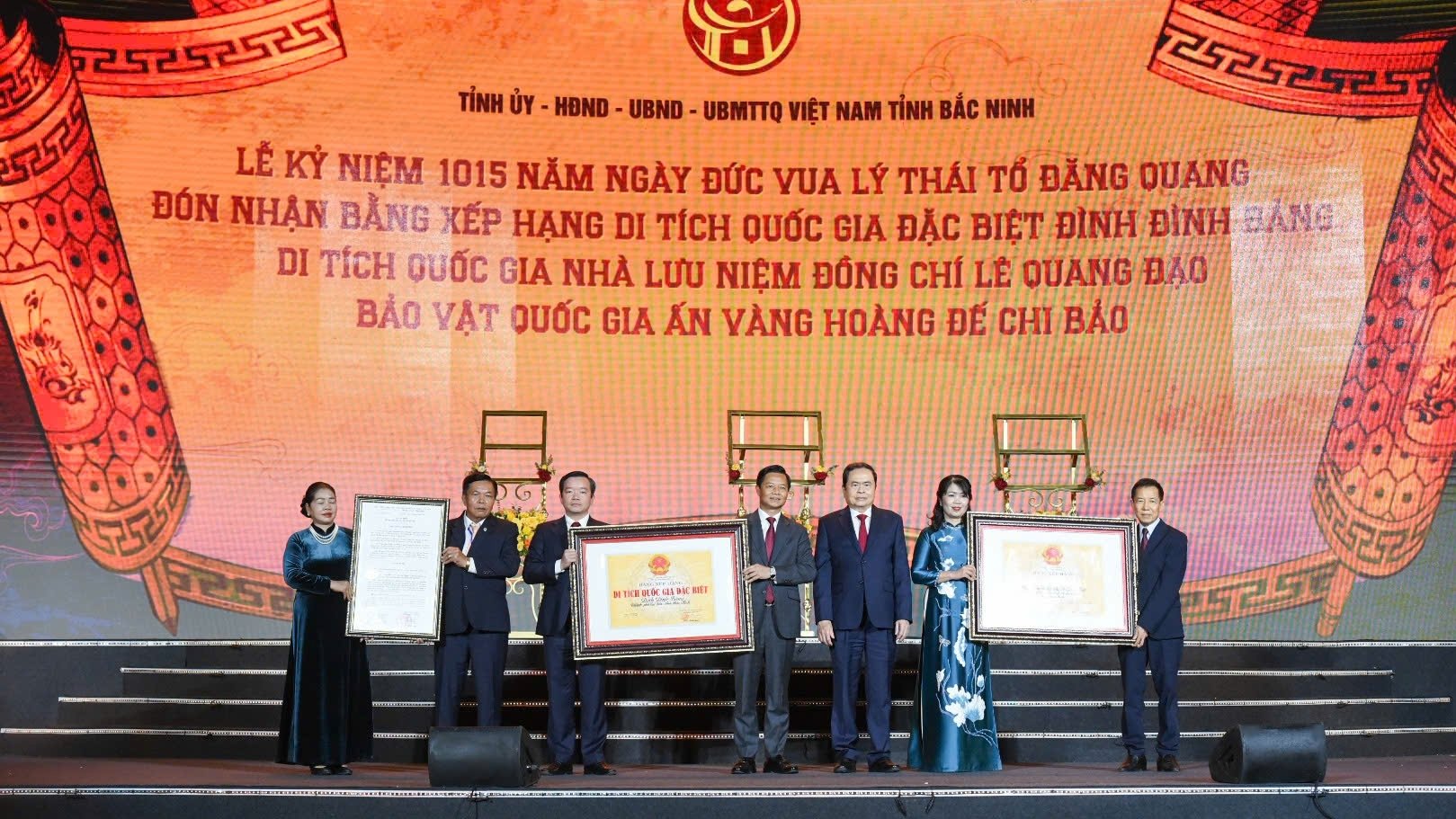




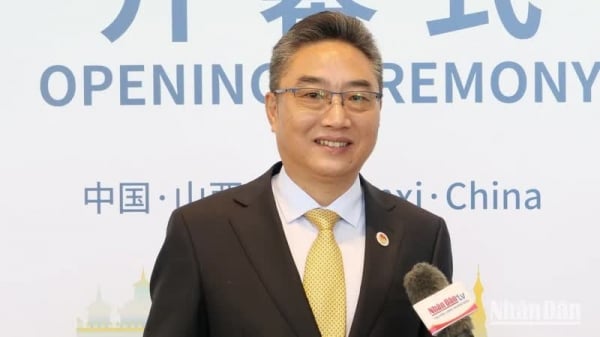













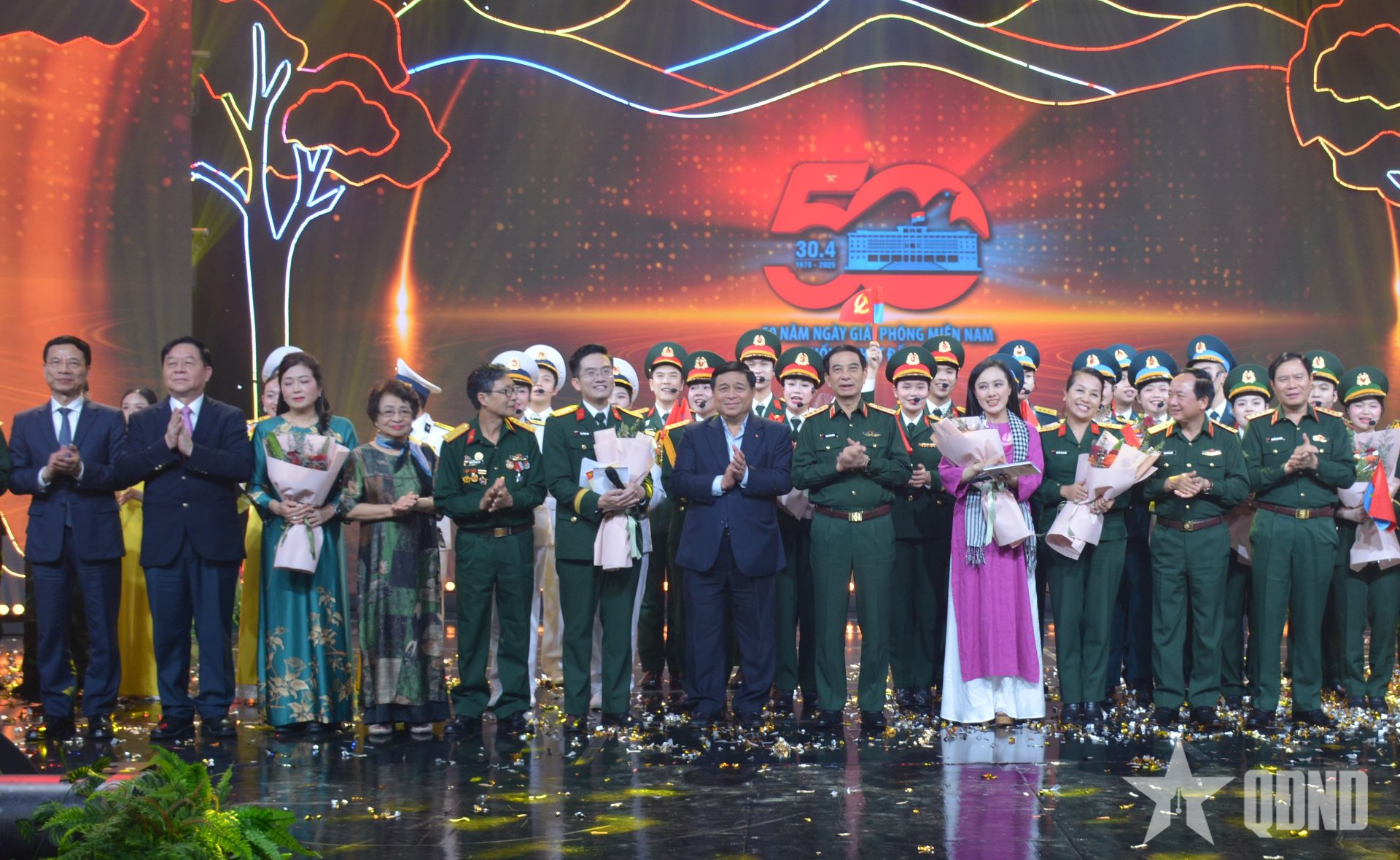





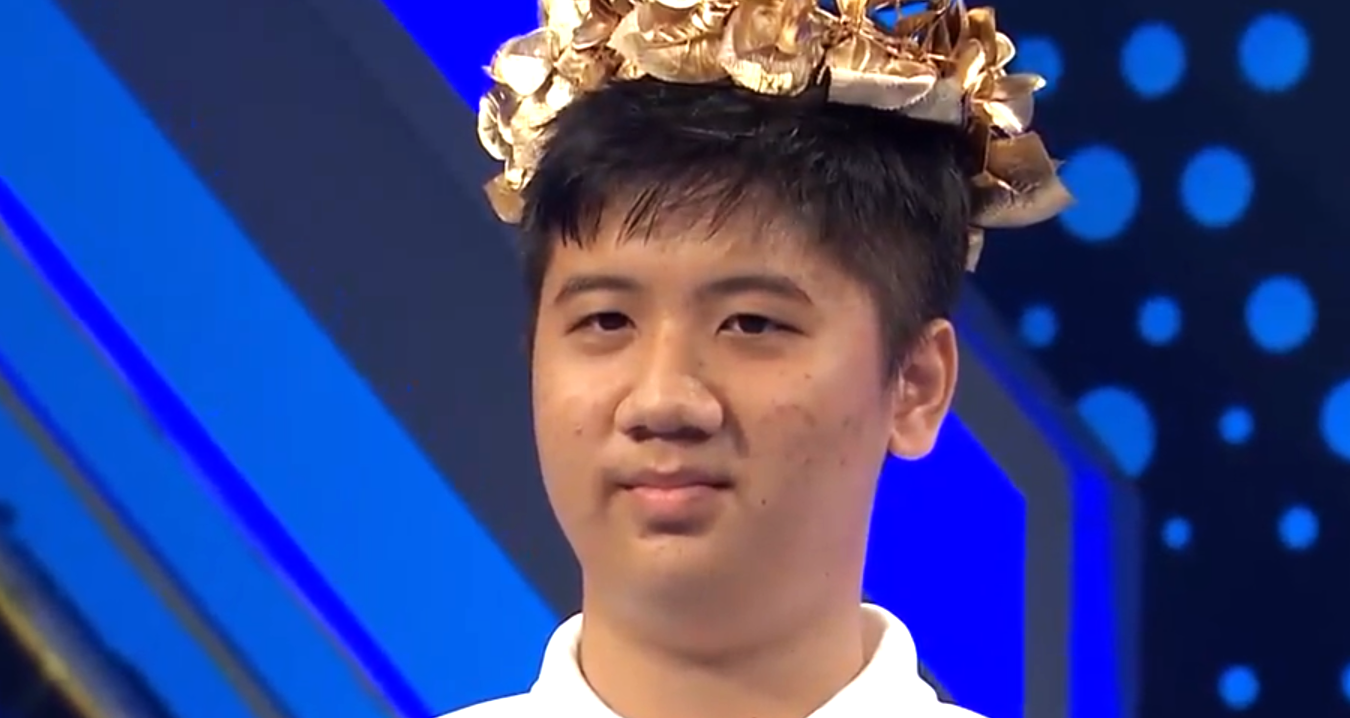
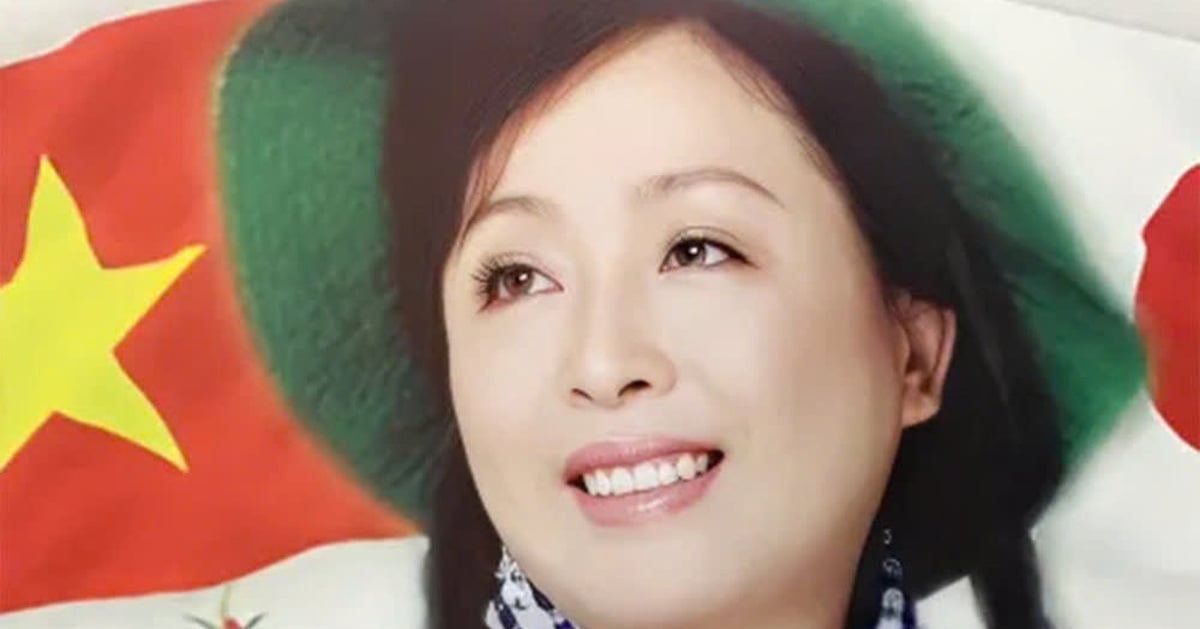










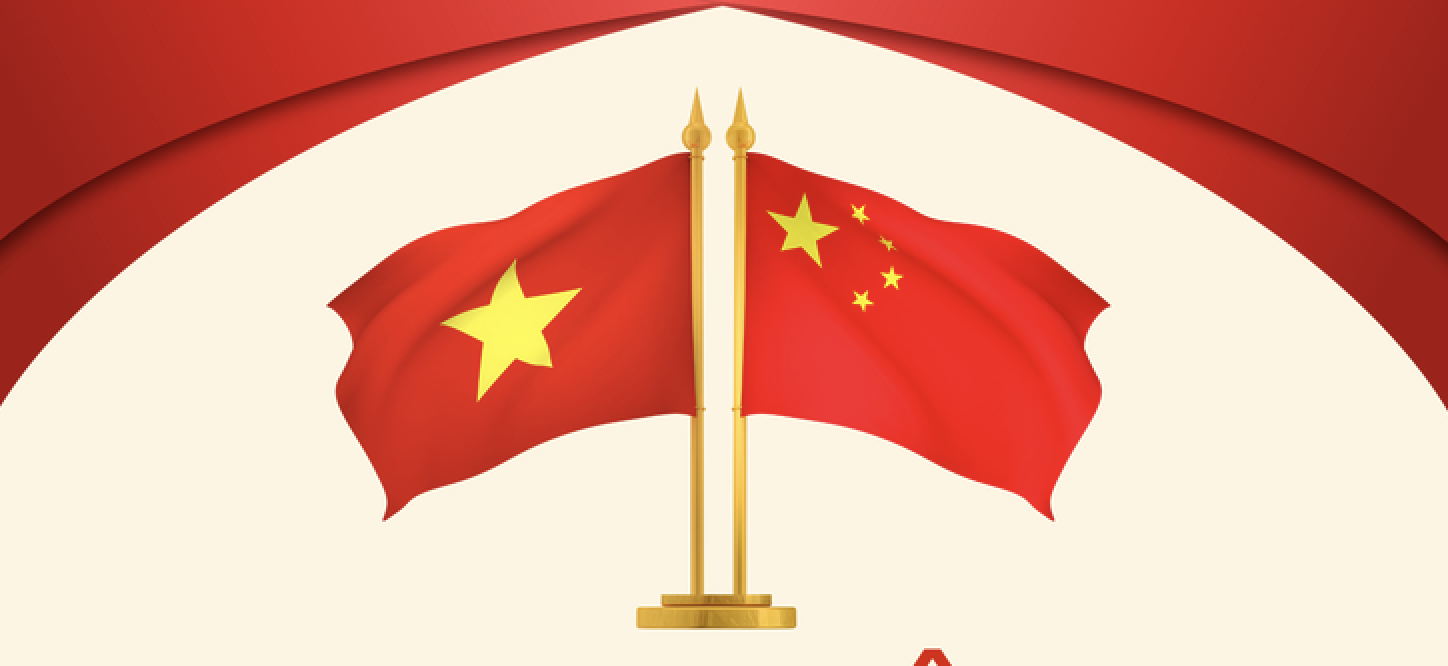
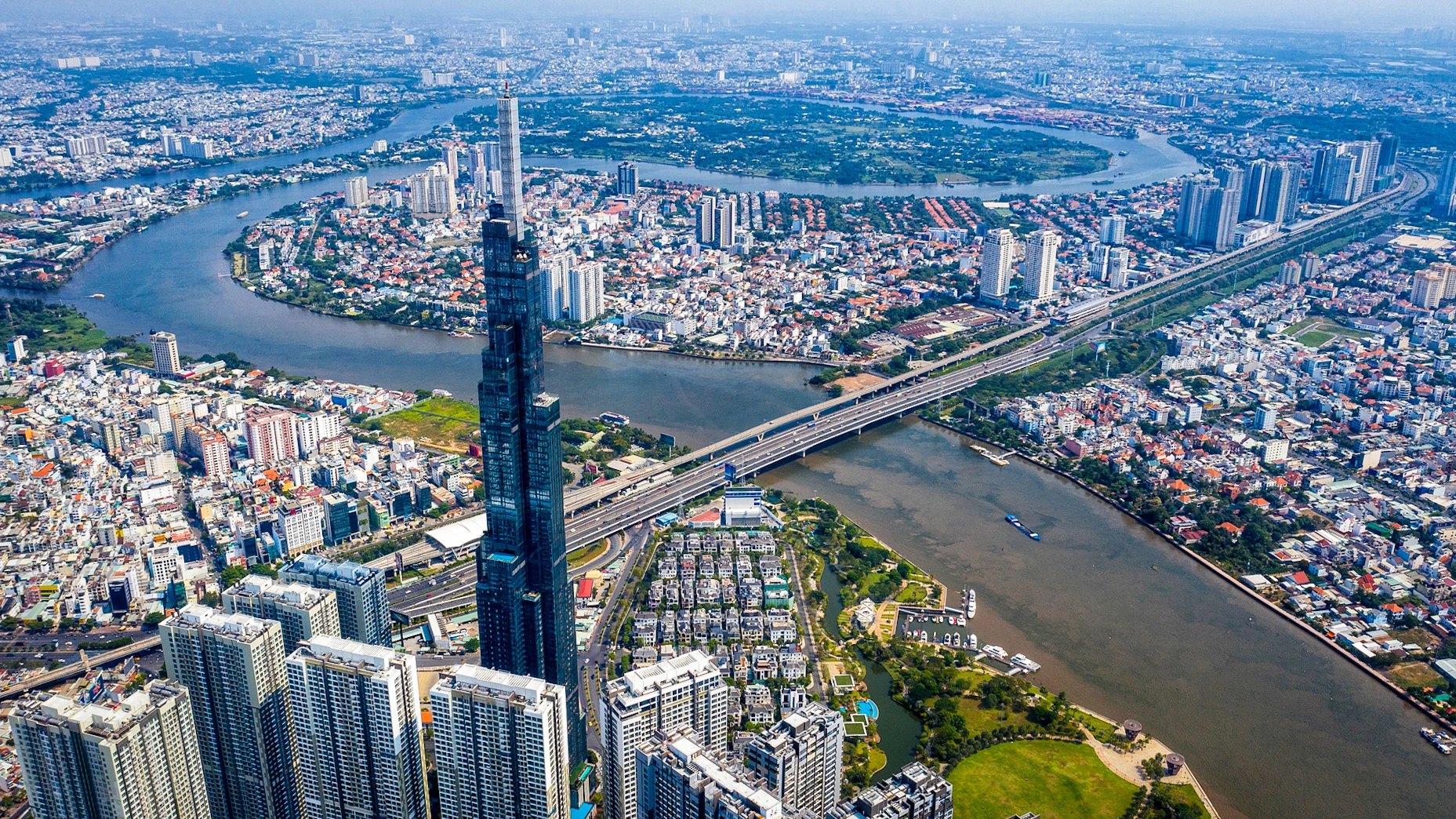

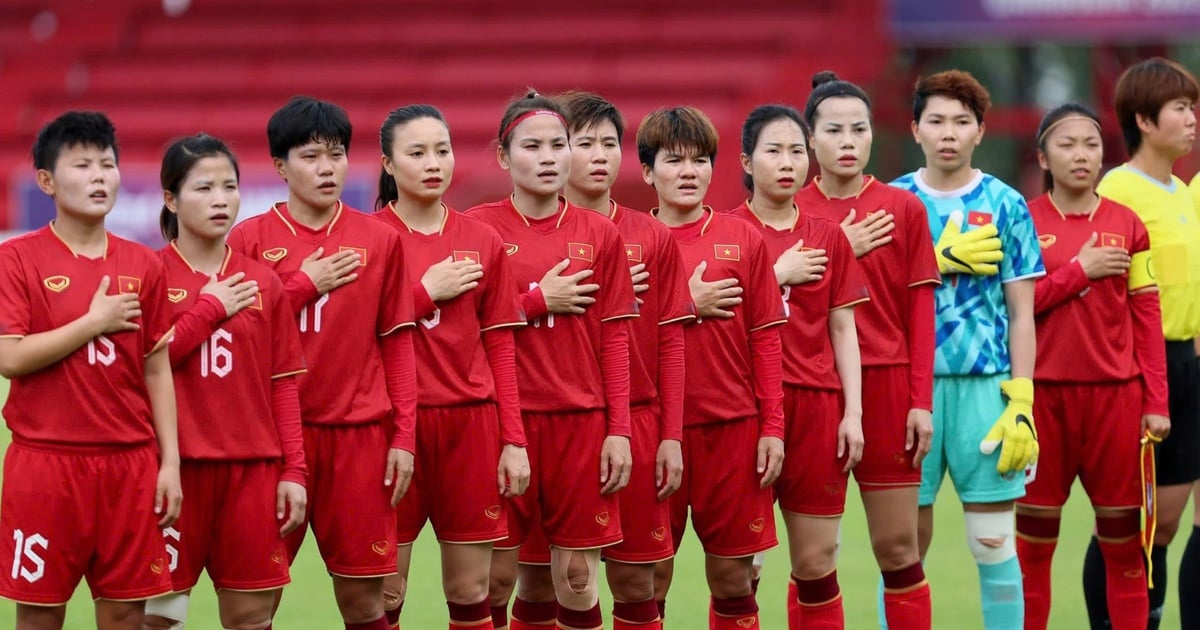
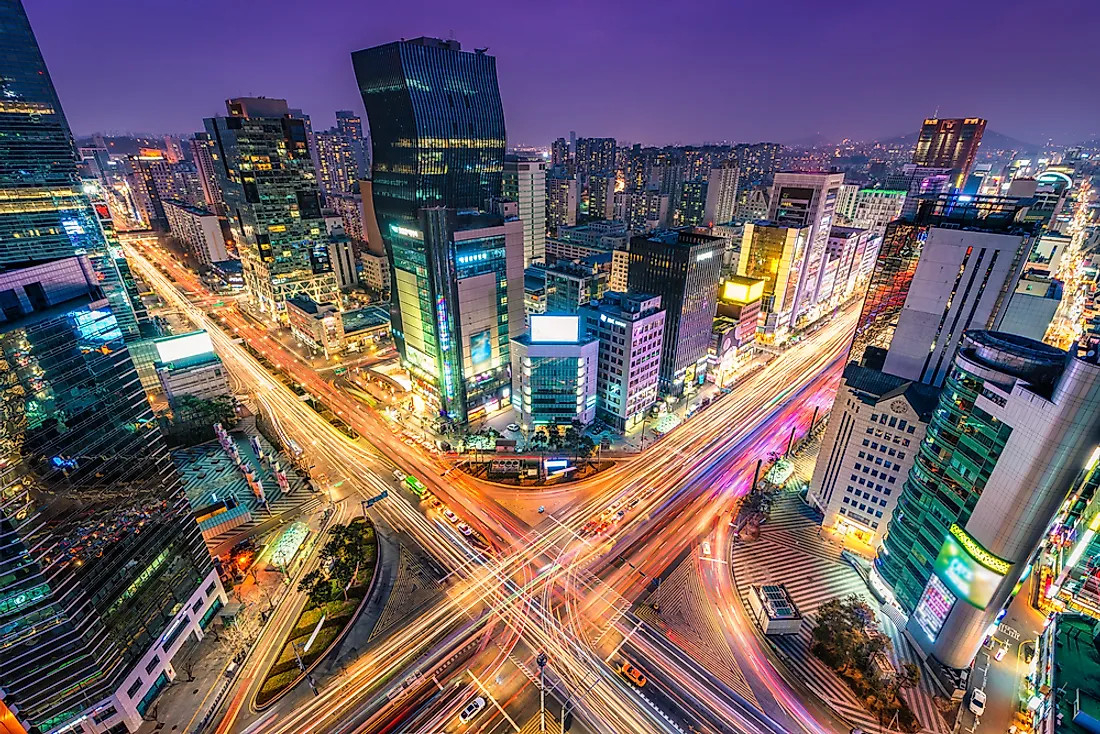
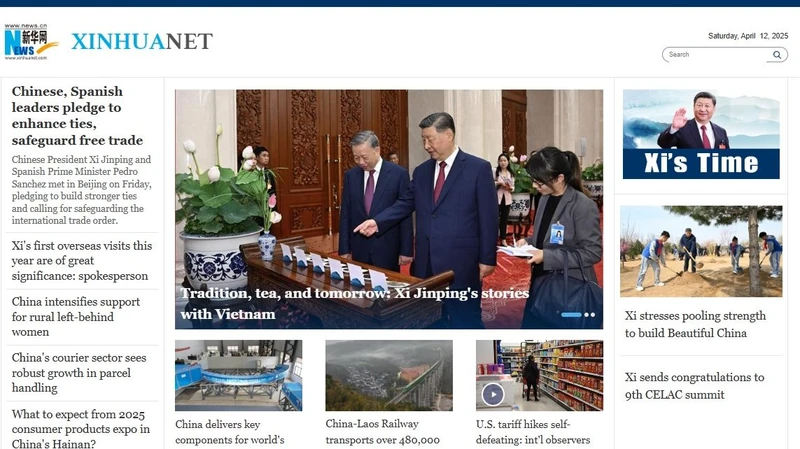


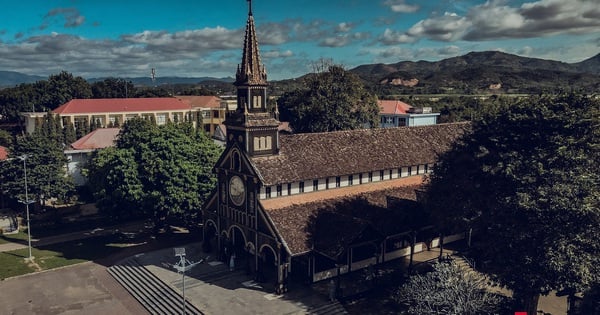

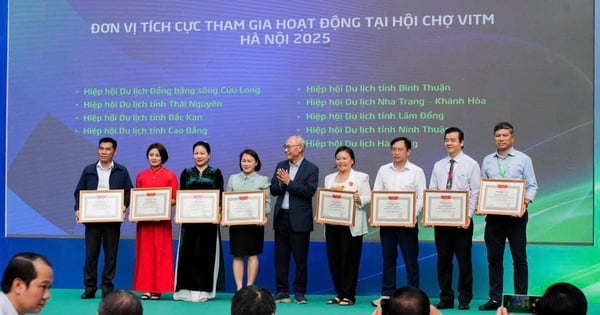





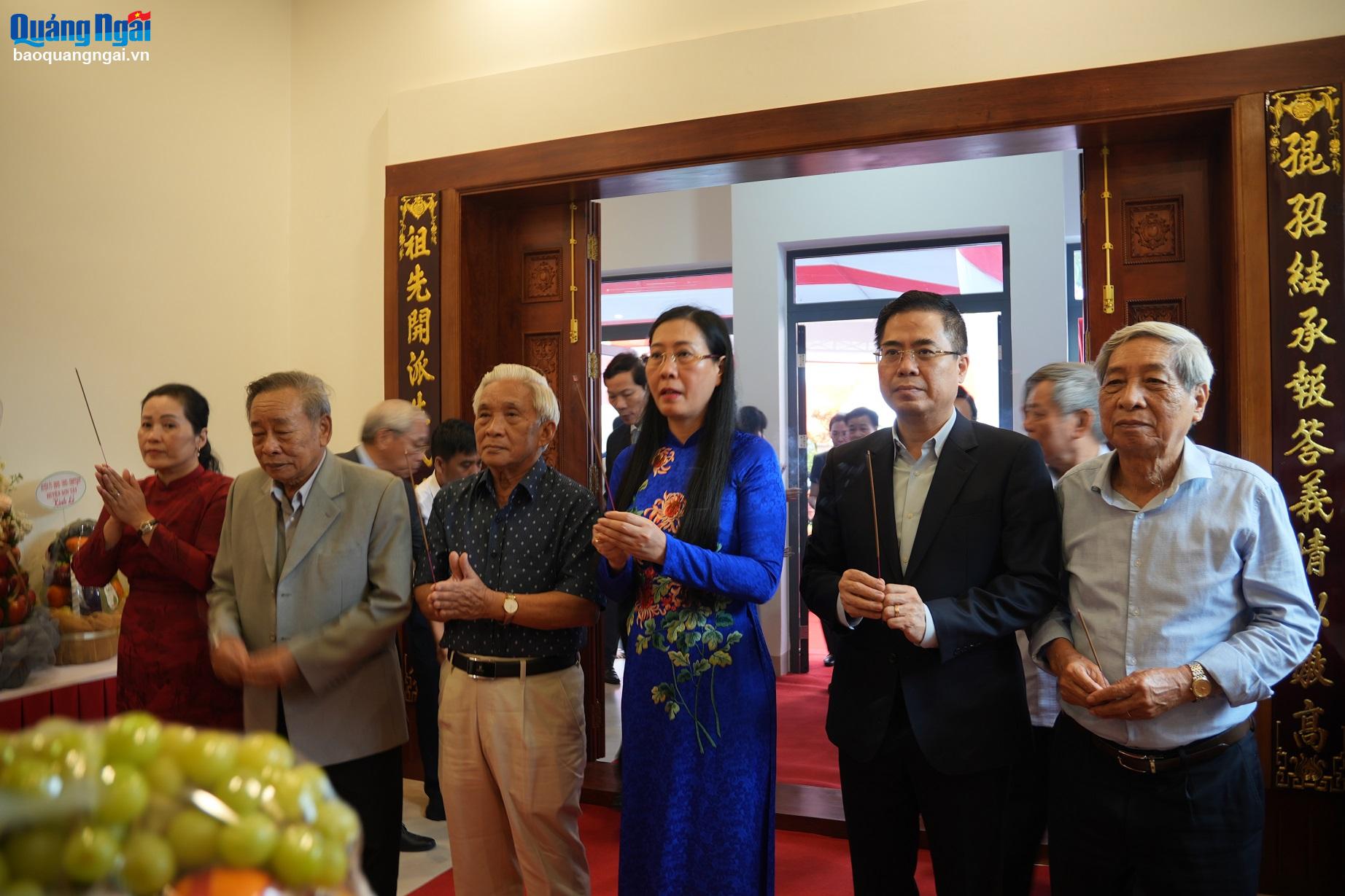
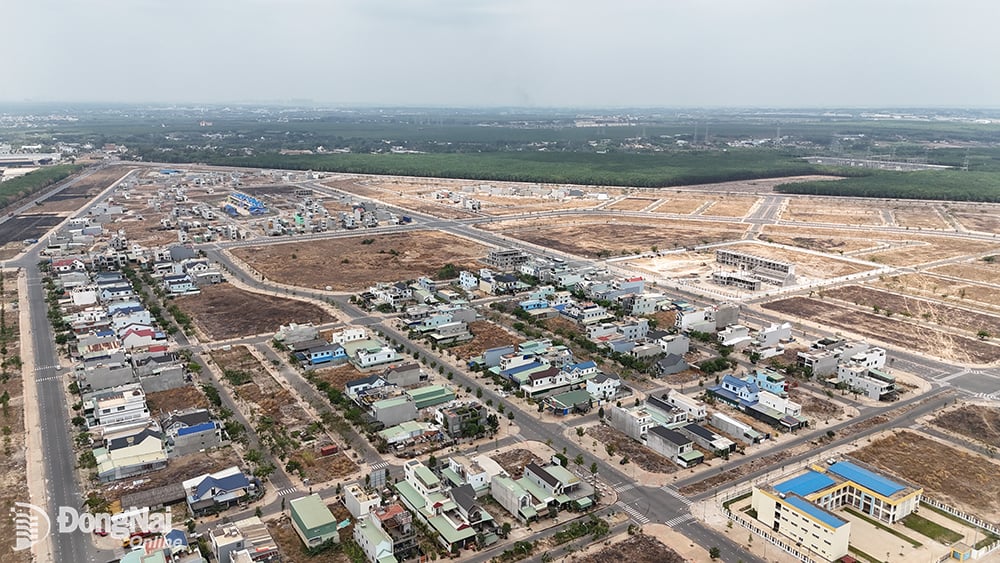














Comment (0)